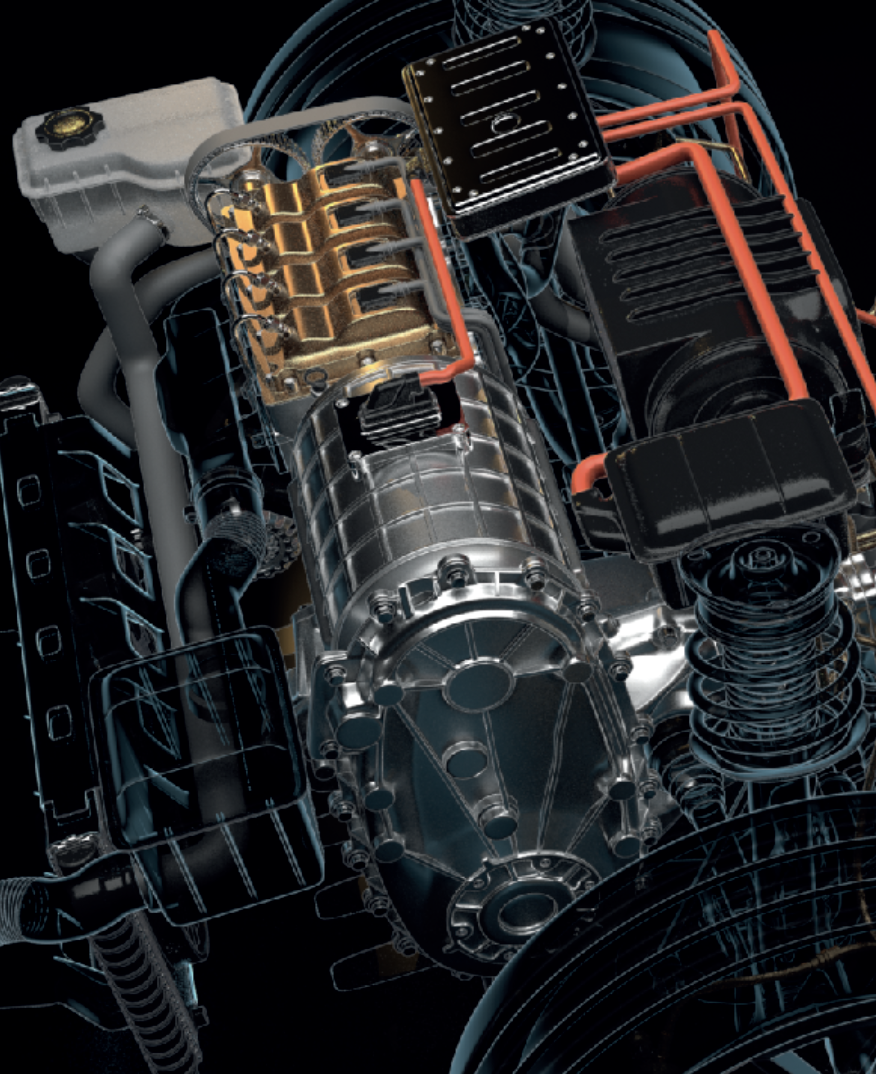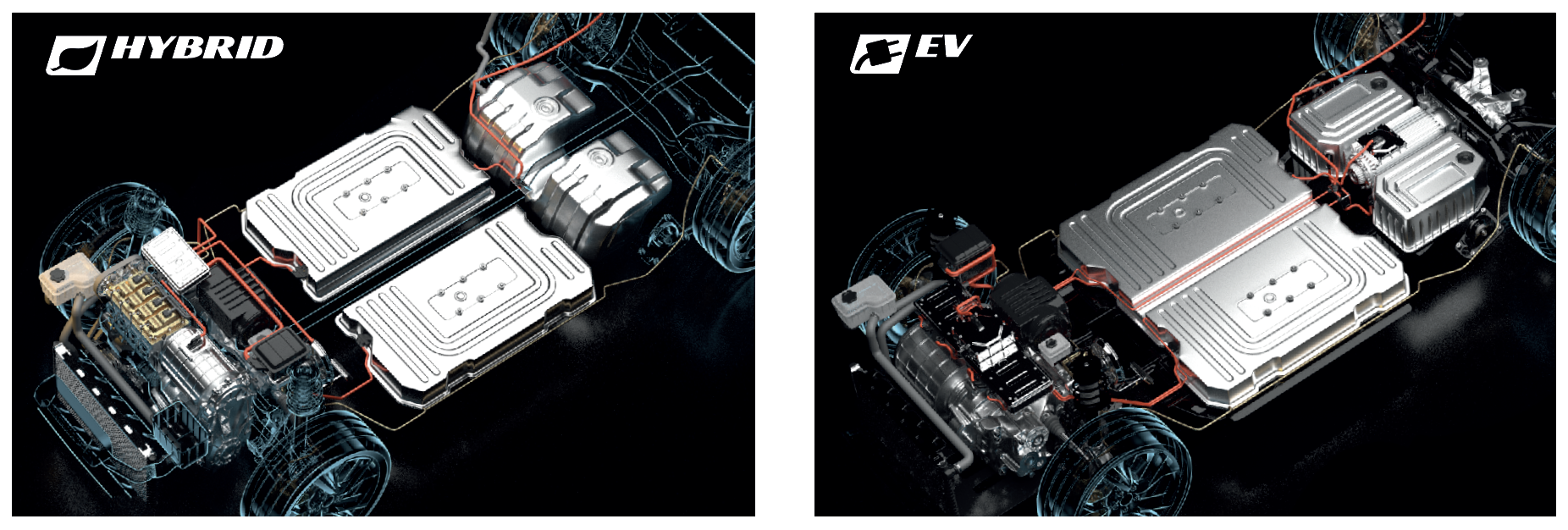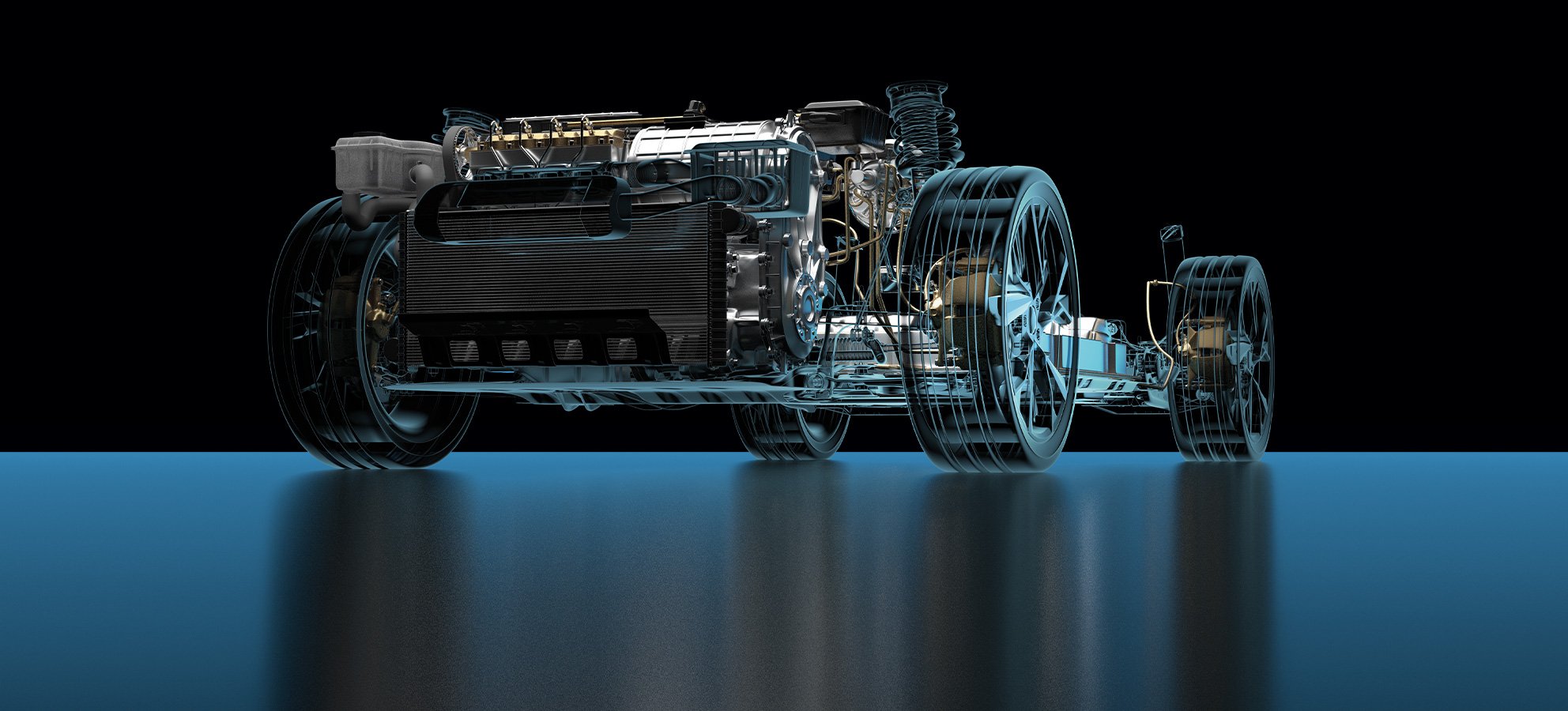With the proliferation of hybrid and electric vehicles (EVs), engines and drives are becoming increasingly complex. Car manufacturers' requirements for oil and fluids are therefore also increasingly demanding. MPM offers the individual garage customized advice and full coverage with recommended and approved oils and fluids (also for hybrid and electric cars).
These are products that always meet the requirements car manufacturers set for them, and include the latest hybrid and electric cars. Security and quality are paramount, regardless of the type of car.

The applications of oils and fluids for hybrid and electric vehicles
The internal combustion engine
In the combustion engine of hybrid systems, low-viscosity lubrication properties are important. After all, combustion engines are heavily loaded and often at low temperatures. Low-viscosity lubrication properties are therefore very important. For example, Toyota has already made the move from 0W-20 to 0W-16.
Transmission for Hybrid and EV models
Hybrid models have a (semi-)automatic or Continuous Variable Transmission (CVT) with a change interval between 60,000 and 90,000 km. This is important because the transmission is more heavily loaded by the high torque of the electric motor.
Cooling systems for the battery pack
The ideal battery temperature to maximize service life and usable capacity is between 15°C and 35°C. At lower temperatures, the available capacity is reduced, and at too high temperatures it causes battery degradation.
The cooling system keeps the battery temperature balanced. For optimal battery pack life and performance, specific cooling fluids have been developed to match the type of cooling system. Coolants with very low conductivity are used for safety reasons and to prevent failures. Car manufacturers already recommend 15 different types of coolant.
Brake systems
Boiling point
The hydraulic braking system may be used less, but it is put under significant strain when it is used. Hybrid and electric vehicles have an increased weight due to the battery pack. When combined with braking at high speeds, this can cause temperatures to rise significantly. It is therefore essential that the brake fluid has a high boiling point.
Electrical conductivity
In the latest generation of hybrid and electric vehicles, a brake fluid with low electrical conductivity is chosen. From a safety standpoint, this reduces danger in the event of an accident or fire.
Viscosity
A low-viscosity brake fluid is required for fast control of the brake system.
Fuel additives and cleaners for hybrid systems
Due to the uneven load and periodic topping up of the hybrid drives, contamination occurs more quickly. This is because by running in short cycles, the engine does not really heat up resulting in increased internal contamination of the engine (due to fuel residue and moisture, among other things). Engine flush and fuel additives are effective remedies to prevent heavy contamination of the internal combustion engine. The car stays in top condition longer because issues such as heavy contamination and therefore expensive repairs can be avoided.
Look for the car manufacturer's recommended products at www.mpmoil.com

Summary of Hybrid/EV fluids:
- Engines and drives are becoming increasingly complex as they are continually made cleaner and more efficient.
- Because the internal combustion engine in a hybrid system is turned on at high speed, maximum load is immediate (even at low temperatures). This requires the oil to have excellent lubrication properties and low viscosity.
- Transmissions are more heavily loaded in hybrid vehicles due to the high torque of the electric motor. Manufacturers therefore recommend shorter intervals between changing transmission oil.
- The cooling system keeps the battery temperature balanced. For optimal battery pack life and performance. The right coolant is therefore essential.
- To prevent failures and for safety reasons, specific coolants with very low conductivity are often recommended for hybrid and electric vehicles.
- The brake system responds faster when low-viscosity brake fluids are used. Due to the higher load imposed, a brake fluid with a high boiling point is chosen.
Tips for the workshop:
- Hybrid and electric vehicle systems must be properly cooled to dissipate heat and ensure that the engine operates at the optimal temperature.
- The service interval for EV and hybrid transmissions is usually between 60,000 and 90,000 km.
- Use of the correct oils and fluids for engines, transmissions, cooling and braking systems as recommended by the car manufacturer.
- Additives help to prevent heavy contamination from uneven loading in hybrid systems.
- Ensure complete coverage with car manufacturer-approved MPM oils and fluids.
- Request a free fleet analysis and customized advice from MPM for an efficient inventory, including for your hybrid and electric vehicles.
Send your details to cpa@mpmoil.nl
For technical questions:
Please contact MPM Technical Support.




































